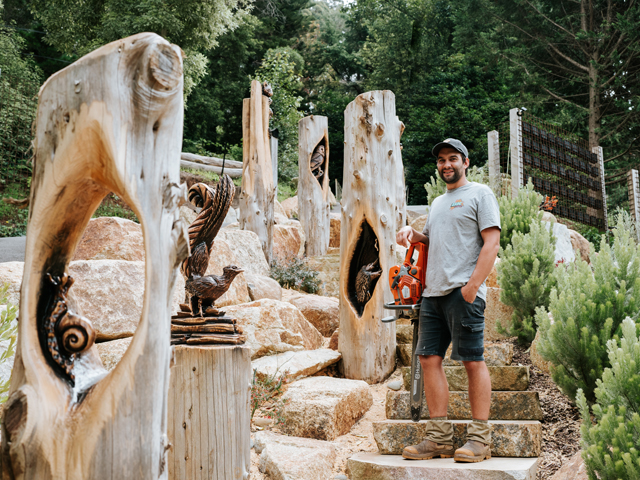DESIGNING FOR DEMENTIA
03 Aug 2017
The $25 million Korongee village in Tasmania hopes to change the way our health system and aged-care centres accommodate dementia sufferers, the specifically designed care-facilities aims to help residents live more autonomously.

Inspired by De Hogeweyk dementia village in the Netherlands, plans for the $25 million Korongee village in Glenorchy, Tasmania have been released, detailing a cul-de-sac village structure and streetscape that allows residents to feel at home and move about freely within the safe and assisted environment.
The purpose-built Korongee village will see residents remain in homes similar to their own and with safe access to a range of local amenities, including a dedicated supermarket, cinema, cafes, beauty salon and gardens.
Aged care provider Glenview Community Services believes that changing the way we care for dementia suffers is long overdue.
"We need to do something different," Glenview CEO Lucy O'Flaherty told SBS.
"We know that creating de-stressing environments is critical in terms of supporting people. So we've spent the last five or six years looking at what works best overseas, and we're really keen to make a difference."
Glenview Community Services worked closely with the health sector superannuation fund HESTA, Social Ventures Australia, and the partnership received funding from the Commonwealth Government to design a structured village that was based a typical Tasmanian cul-de-sac streetscape. 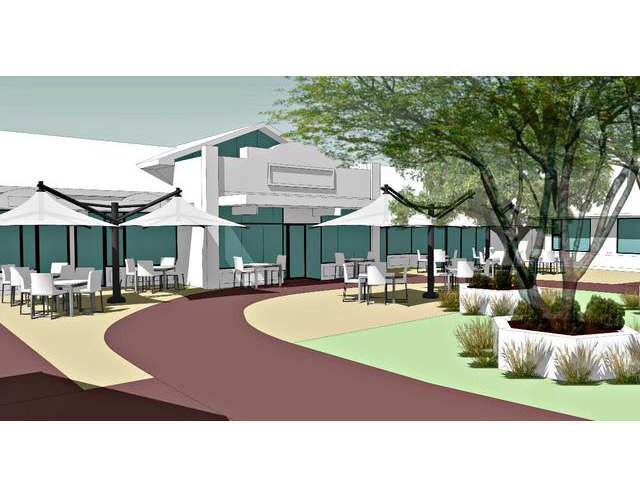
The village will consist of 15 houses, each house will contain six bedrooms and be staffed by trained health professionals who aim to care for the sufferers in a home-like environment. In creating a familiar environment, special care will be paid to the design of the homes and amenities, even colouring, familiar cultural and suburban elements specific to the region will be used to help residents identify with the space.
It is reported that The University of Tasmania will also conduct extensive demographic research into what elements make up a typical Tasmania lifestyle and apply this to the Korongee village. “The University of Tasmania will undertake demographic research to inform what makes up the most common elements of a Tasmanian lifestyle to inform the design, décor, and which house and lifestyle profile each resident is most suited to within the village,” O’Flaherty said.
Glenview Chairman, Ian Weir, firmly believes that “Korongee’s design will make it possible for residents living with dementia to walk around the village and participate in everyday life decisions which are presently not available to those in dementia care, activities such as going to the café to buy a coffee or simply heading to the supermarket to buy groceries for dinner.”
"The Korongee village draws on a range of international best practice models, particularly the dementia village of De Hogeweyk in the Netherlands, while contextualising this into a uniquely Tasmanian experience.
“It has been shown that residents at the De Hogeweyk dementia village live longer, eat better and take fewer medications and we hope to see similar transformative health benefits at Korongee." 
O'Flaherty has remarked that the project will strive to be an affordable and viable option for all persons, regardless of their financial situation. Dementia is growing in prevalence among the ageing population of Australia and designing smarter care facilities for the future is fast becoming an urgent task.
Wicking Dementia and Research Centre Co-Director Professor and Glenview Board member James Vickers concludes the importance of the project by stating that “The built environment and the way we provide support and care have significant effects on personal well-being, as well as the progression of dementia, and so the Korongee model is a vital development and will be an internationally leading beacon for innovation in aged and dementia care.”
Construction of the village is scheduled to commence in 2018 and will aim for completion around late 2019.

MORE NEWS
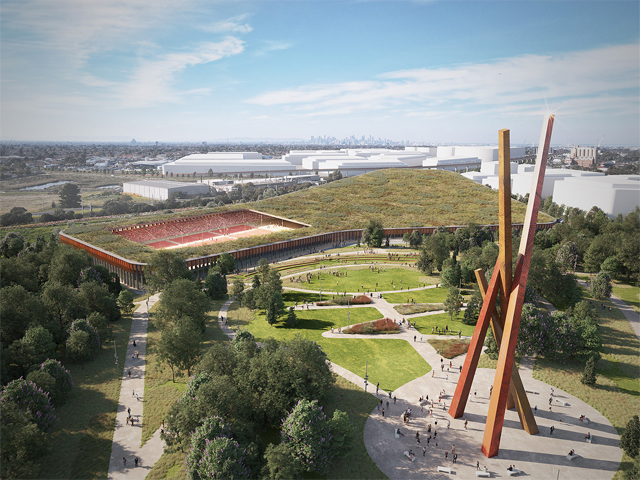
MELBOURNE'S NEW PARK ON A FORMER LANDFILL SITE
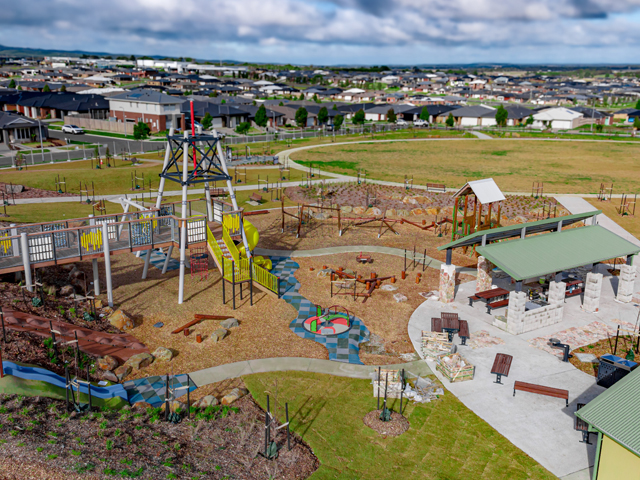
STRIKING GOLD IN BALLARAT
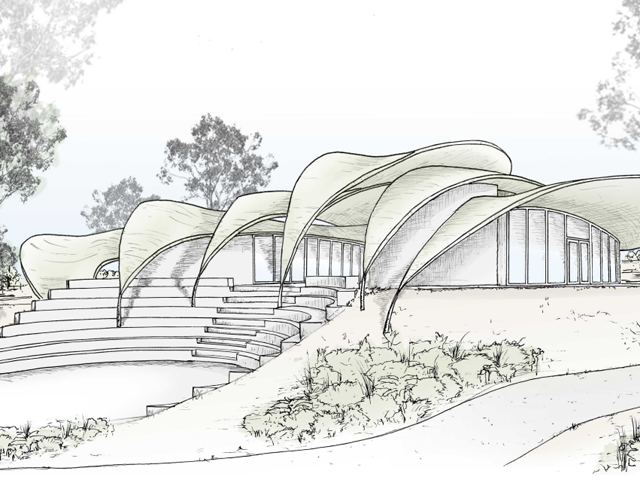
JARRAHDALE TRAIL CENTRE TAKES DESIGN CUES FROM NATIVE FLORA

MASTERPLAN FOR INCLUSIVE, CLIMATE-RESILIENT COMMUNITY PARK IN LISMORE

HARNESSING THE POWER OF DESIGN TO TRANSFORM CITIES
